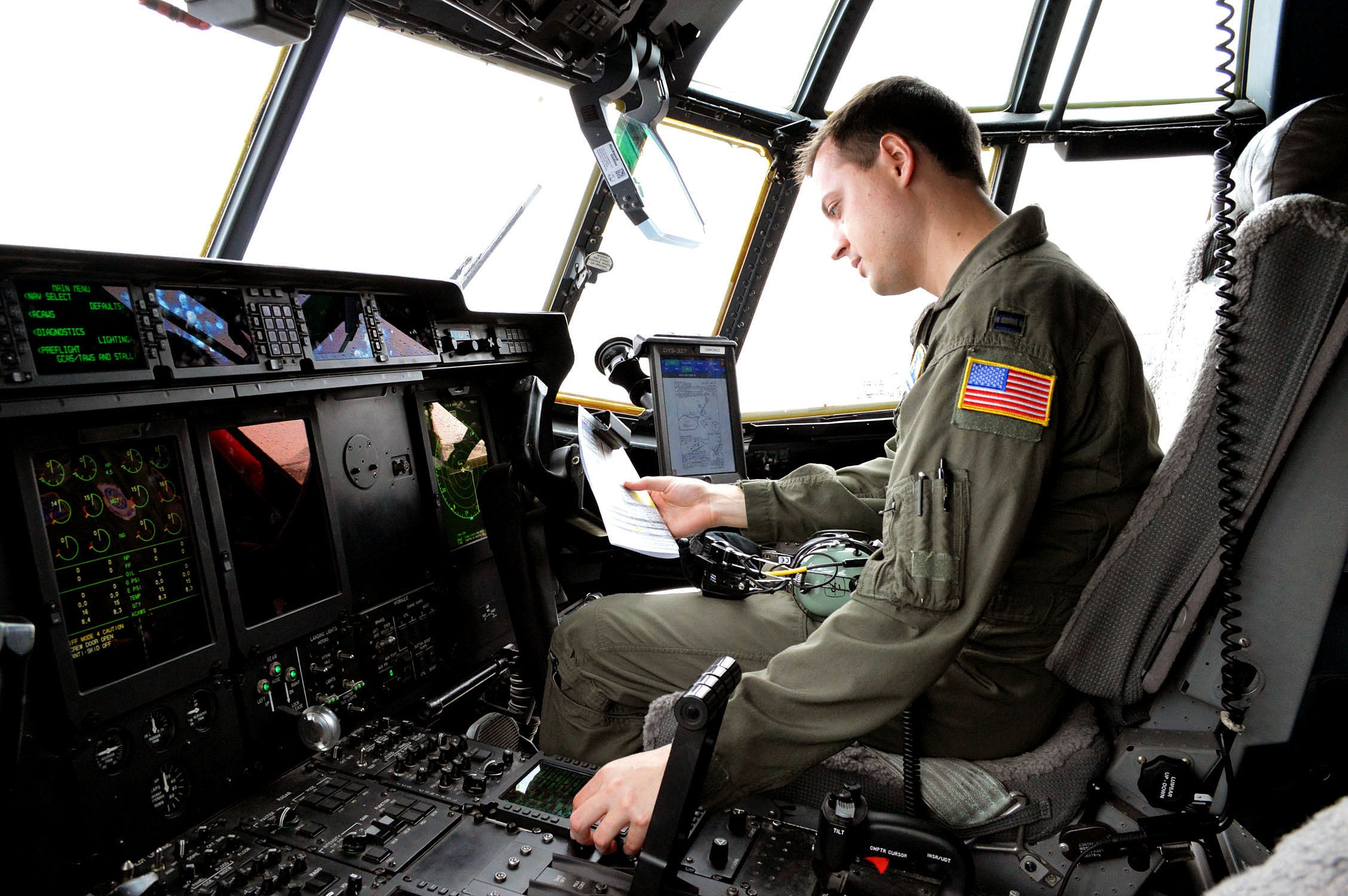Air Mobility Command is ramping up efforts to ensure its aircraft are distributed throughout the Air Force in a way to maximize readiness, according to AMC’s commander.
There are 1,030 aircraft in the AMC fleet, with 514 of them designated for active duty, 352 in the Air National Guard and 164 in the Reserve.
Those numbers are based on a 2013 Mobility Capability Assessment study that assessed the command’s inventory to see how many aircraft it should have and where they should be.
With the United States responding to security challenges from China, Russia, Iran, North Korea and terrorist groups such as the Islamic State, the mobility world needs to know how to best meet those needs.
“Do we have the right mix between active duty, Guard and Reserve to meet [those needs] in a timely manner?” Gen. Carlton Everhart, AMC’s commander, told Air Force Times on Tuesday.
To find the answer, the command wants to run a new study that will provide updated data on where the fleet stands.
The study “will bring us up to speed with the latest caveats, posture and inventory,” Everhart said. “Is it enough? It may say, ‘You’re sitting perfect.’ It may say, ‘hey you’ve got too [many aircraft] in active duty or [the Guard or the Reserve].’ ”

Everhart said he’s hoping to start the study in 2018 or 2019 and have it completed by 2020 or 2021.
AMC aircraft and airmen are currently supporting war operations in the Middle East, as well as natural disasters in the United States, Everhart said.
“We are all over the map,” he said. “That strains the force.”
The pace of operations also forces the command to tap into its Guard and Reserve airmen, which puts a strain on civilian employers, including commercial airlines.
With the national pilot shortage affecting the Air Force’s fighter and mobility communities as well as commercial partners, the two sides are working together to find compromises to help each other.
Everhart met with the Regional Airline Association’s board of directors Tuesday to discuss the way forward.
One suggestion is to open a national pilot training academy, where civilian and military pilots can do most of their training in simulators.
Everhart, who has accumulated more than 4,500 flight hours, said 80 percent of his C-17 training was done in a simulator.
“I believe it’s higher quality,” he said, adding that pilots can best train for emergency situations in a simulator.
Civilian pilots need to reach 1,500 flying hours, but simulators don’t count toward that. Establishing an academy would change how the airline industry accounts for simulator training and experience.
RELATED

On the Air Force side, Everhart said the idea of an aviation-only career path is nearing takeoff.
“We’re hoping to have that in the next six months, to be able to say, here’s a starter program,” he said.
The plan is to recruit a small group — 1 or 2 percent of AMC’s pilot force — to test this track.
The initial group of airmen could help leaders decide exactly which duties and requirements are necessary for pilots and which can be dropped.
“What additional duties do you need to accomplish the mission?” Everhart said. “Other than that, don’t do the rest of them.”
After running the aviation-only track for a year or two, Everhart said, the Air Force would gather feedback about what went right and what could be tweaked.
“For a track like that to happen, I have to have at least two to three years of data to see if it’s actually going to work,” he said.
Charlsy is a Reporter and Engagement Manager for Military Times. Email her at cpanzino@militarytimes.com.





